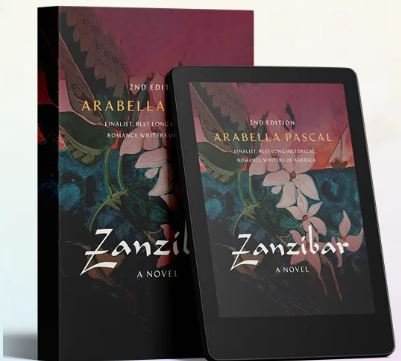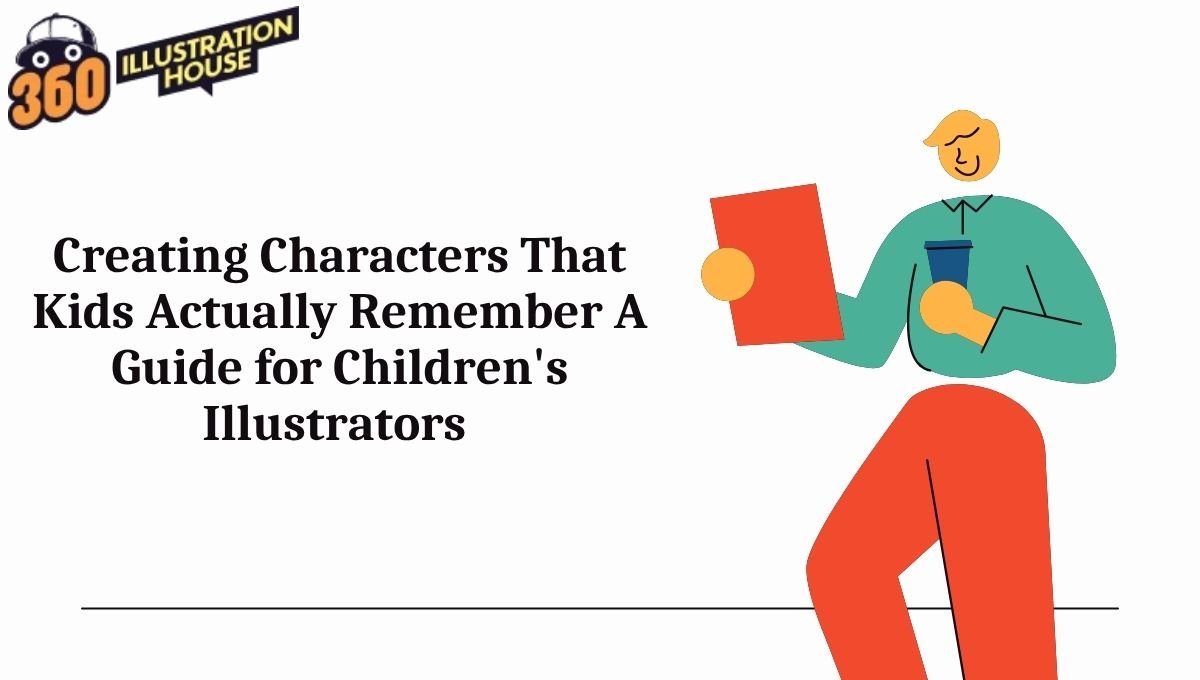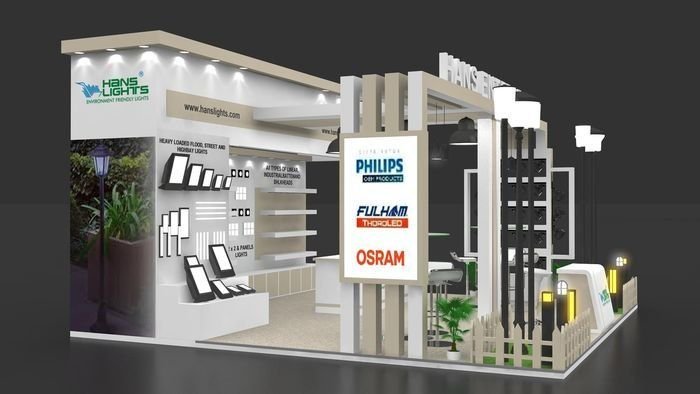Some images just refuse to leave us. Think of the haunting stare of Dorothea Lange’s Migrant Mother, or the mysterious smile of the Mona Lisa. Why do we remember these so vividly, when millions of other pictures blur into the background of our memory?
The answer is, because they tell a story.
When we talk about “pictures that tell stories,” we are not just talking about pretty visuals. We’re talking about images that carry emotional weight, invite curiosity, and pull us into a narrative that feels bigger than the frame itself.
That’s the magic of narrative-driven art, visuals designed not just to show, but to speak.
Key Takeaways
- Narrative-driven art isn’t just visual, but it’s emotional too. The best images suggest a before, during, and after.
- Humans are wired for stories, which is why storytelling visuals create stronger memory and deeper empathy.
- Artists, publishers, and brands can stand out by using storytelling-focused visuals instead of purely decorative ones.
- From top-rated graphic novel illustrators to marketing campaigns, pictures that tell stories are what people remember, and what keeps them coming back.
What ‘Pictures that Tell Stories’ Really Means
A photograph of a candle is just a candle. But show a half-burned candle next to an unopened letter on a wooden desk, and suddenly we’re wondering, who wrote it? Who’s waiting? What happened?
That’s the essence of storytelling through visuals. Static images that feel alive because they suggest a before, a now, and an after. From cave paintings that mapped out hunts to today’s affordable graphic novel illustrator services, humans have always turned to imagery not only for decoration but for communication.
What Is Narrative-Driven Art?
Narrative-driven art is art created with storytelling as its backbone. It’s different from decorative art, which is meant to beautify, or abstract art, which is meant to evoke feeling without clear narrative ties. Narrative-driven works give you characters, context, and consequence.
In fine art, think Picasso’s Guernica, a chaotic spin of human suffering.
In photography, think of the Times Square “V-J Day Kiss,” where a sailor sweeps a woman into history.
In comics, every panel is a slice of narrative. That’s why so many creators turn to custom graphic novel illustration services, because one picture really can tell a thousand words, or at least plant them in the viewer’s imagination.
The Psychology of Storytelling in Art
Humans are wired for stories. Neuroscientists say that when we hear or see a story, our brains release oxytocin, the empathy hormone, which makes us feel closer to the characters and scenarios we encounter.
A plain stock image of someone holding a coffee cup might make us scroll past. But show a tired writer gripping that same cup at midnight, papers scattered around, and suddenly we feel it, we’ve been there, we know that story.
Visual storytelling does two crucial things:
Activates Imagination: We’re not passive consumers. We fill in gaps, invent backstories, and connect dots.
Creates Empathy: We’re not just looking at an image, we’re feeling alongside it.
And that’s why top-rated graphic novel illustrators are called the actual visual storytellers who know how to tap into our primal need for narrative.
Why Narrative-Driven Art Matters Today
In a world of endless scrolling, only visuals that stick have a chance to win attention. And the ones that stick are usually the ones that whisper (or shout) a story.
- Publishing: Book covers are like promises. A well-told visual story on the cover can make the difference between ignoring and buying.
- Branding: Ads that tell a story spark more shares and engagement. Nike doesn’t just show shoes, they show journeys, sweat, and triumph.
- Fine Art: Pieces like Frida Kahlo’s self-portraits or Kehinde Wiley’s contemporary portraits matter because they say something beyond the paint.
This is why marketers, publishers, and even indie authors are increasingly investing in custom comic book illustration service, because when you need to stand out, storytelling visuals do the heavy lifting.
Techniques to Nail Storytelling Through Art
How do you actually make art that tells stories? Here are the big players:
- Character Focus: A raised eyebrow, a clenched fist, a weary slouch, characters drive narrative through body language.
- Setting & Atmosphere: A dark alley versus a sunlit meadow instantly shifts the story.
- Symbolism & Hidden Details: Objects can whisper meanings (a broken chain = freedom, a wilted rose = loss).
- Movement & Direction: Diagonals, gestures, and implied action hint at what just happened or what’s about to happen.
Examples of Narrative-Driven Art
Fine Art: Caravaggio’s The Calling of Saint Matthew, a single shaft of light transforms a tavern scene into a spiritual revelation.
Photography: Steve McCurry’s Afghan Girl, her piercing green eyes tell a thousand unspoken stories.
Illustration/Comics: Graphic novels like Maus or Persepolis show how illustration condenses massive narratives into visual shorthand.
This is where custom graphic novel illustration services shine, converting complex stories into visuals that readers can’t forget.
So, How Artists & Brands Can Apply Narrative-Driven Art
For Artists: Start with the story, not the palette. Ask: What’s the emotional truth I want to freeze here?
For Brands: Stop selling features, start selling stories. A soda is just sugar water until you show friends laughing around it on a summer night.
For Publishers/Authors: Covers, chapter art, and promotional visuals should be built like hooks, giving just enough story to demand the turn of a page.
That’s why many professionals partner with top-rated graphic novel illustrators, because they know storytelling is essential now.
To Wrap Up
At the end of the day, people don’t remember every ad, every book cover, or every gallery piece. They remember the ones that spoke to them, the ones that told a story. That’s the importance of narrative-driven art.
So, whether you’re an artist refining your portfolio, a publisher designing a cover, or a brand trying to stand out in a sea of sameness, remember this: pictures that tell stories aren’t just art. They’re connected. They’re memory. They’re what stays.
And if you’re ready to turn your ideas into visuals that actually tell stories, our team offers the best custom comic book illustration services that help authors, publishers, and brands create unforgettable art. Let’s craft a picture that speaks louder than words.
Frequently Asked Questions
- What does “pictures that tell stories” actually mean?
It means creating art that goes beyond looking good; it makes people feel, imagine, and connect by hinting at a bigger story inside a single frame.
- How is narrative-driven art different from decorative art?
Decorative art is designed mainly to beautify, while narrative-driven art is built to communicate emotions, characters, and moments that spark storytelling.
- Why do brands and publishers use narrative-driven visuals?
Because storytelling sticks. Readers, viewers, and customers are more likely to remember, trust, and engage with visuals that pull them into a narrative.
- Can comic and graphic novel illustrations count as narrative-driven art?
Absolutely! Graphic novels and comics are some of the best examples. Every panel tells a micro-story, which is why so many creators turn to custom graphic novel illustration services and custom comic book illustration services.
















Leave a Reply